What Is Unaffordable?
Authored by Richard Lyons via American Greatness,
The new Democrat Party’s appeal to the public these days is that the failure of a free enterprise system has made America unaffordable and that all Americans need government help! This sort of emergency plea to the public has been made before.
In order to make housing more affordable in the early 2000s, Fannie and Freddie Mac, US government mortgage guarantor companies, began pressuring mortgage lenders to widen their rules for mortgage lending, even to include NINJA loans—No Income, No Job, No Problem—for purchasing real estate properties; then Fannie and Freddie married that expansion with marketing Adjustable Rate Mortgages, which would float according to Federal Reserve rates.
The outcome was the real estate and stock market crash of 2008. Since then, between 2009 and 2016, the fed rate was kept arbitrarily low at .75%, which inflated real estate prices; from 2020 to 2022, the fed rate was pushed down again to .25%, with the result of further increasing the average home price from $220,900 in 2010 to $420,000 in 2024. At the same time, the Federal Reserve has pushed up interest rates to 5.5%, so the average American has to pay more and borrow at higher rates for real estate, thanks to the government’s interventions to make housing more affordable.
During the Obama presidency, there was a grand push to make a university education more affordable; that is when the whole student loan industry was taken over by the federal government. In 2010, the total US student loan debt was $772 billion; today, the total debt is $1.750 trillion.
The average student graduating today carries $30,000.00 in debt. The average price of a university education has risen from $20,000 in 2010 to $31,000 per year today, or 59% higher since the Democrat Party took over the US university financing system. The average college education costs $120,000 these days; that does not sound affordable. It sounds like every single student needs a loan…
In the mid-1960s, the Democrat Party dominated Washington, D.C., and as part of the Great Society, decided to make healthcare (you got it!) more affordable.
With that, Medicare was created at an initial cost of $3 billion in 1967. Since 1967, the cost of Medicare has increased 370X, to an annual cost to the taxpayers of $1.12 trillion per year. Medicaid began as a $1 billion program and has since increased to $909 billion per year today. Even with this government control and expenditure, the average cost per capita is $13,432 per year, compared to the average cost per capita of other developed nations of $7,393. Aren’t costs supposed to go down or remain stable when the government creates affordability?
Even with the government’s control and expenditure, by 2010, healthcare in America was still deemed “unaffordable” to the Democrat Party. In answer to the problem, the Obama administration created the Affordable Care Act, which went into effect in 2014. In 2013, the average consumer paid $232 for their monthly premium, with an average deductible of $2,425. Today, that same consumer must pay $621/month or $7,452/year while having $6,000 in deductibles. Premiums and deductibles are expected to increase by 25% again in 2026. The Affordable Care Act is becoming more unaffordable by the day.
In 2020, the Biden administration decided the Earth could not afford the use of fossil fuels any longer, so it began an all-out effort to strangle the fossil fuel industry through regulations and executive orders that made land leases and drilling unaffordable, giving rise to a 38% inflation spike in the costs of energy products.
Inflating the costs of energy affects literally everything in an economy that is produced, warehoused, or delivered: think of the factories and machines that do the manufacturing, the warehouse heating or cooling needed to store product, and the ships, trains, and trucks needed to get product to the stores, then what about the light, heat, and refrigeration… Strangling the energy sector of an economy creates a gusher of inflation affecting every single product from fruits and vegetables to meats and dairy. During Biden’s administration, inflation rose 20%.
An inflation rate of 20% also means that every person who had put away savings of $100,000 by 2020 was worth $80,000 by 2024.
Midway through Biden’s term, the administration passed the Inflation Reduction Act, which pushed trillions of dollars into green energy “investments” and expansions of healthcare payouts, none of which helped to reduce inflation.
It turned out to be just another Democrat act that neither the taxpayer nor the consumer could afford.
Now we have the new mayor of New York, claiming that socialist policies will make life more “affordable” by taking over rental properties, grocery stores, transportation lines, and utility companies.
The fact is, the Democrats create our nation’s unaffordability problems by advancing (quasi-socialist) government control of energy, healthcare, education, finance, and housing sectors. And then Democrats propose to solve the problems their policies create with the solution of the government taking the same sectors over entirely through socialism.
What has proven to be unaffordable for over half a century in this country is pseudo-socialism. Apparently, the Democrat Party believes in the aspiration of advancement through failure. We, as voters, need to let the Democrats know we understand and reject their policy failures.
What is no longer affordable are Democrat policies that pervert the virtuous American free enterprise system, which has been the cornerstone of this nation’s prosperity since its founding.
Tyler Durden Sat, 11/29/2025 - 11:40

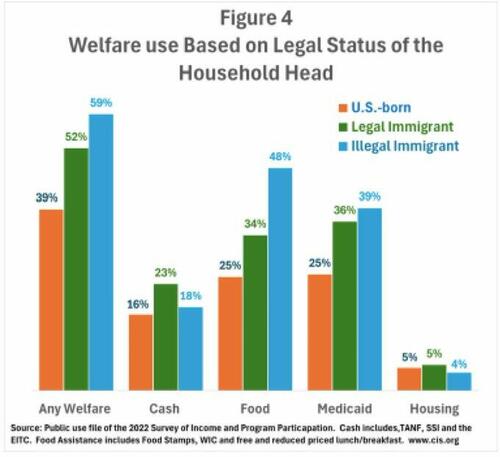


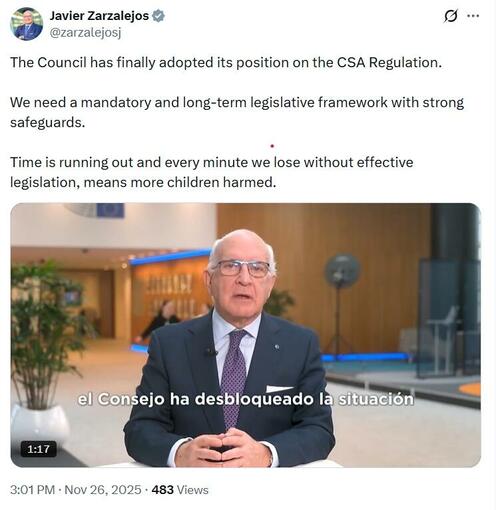

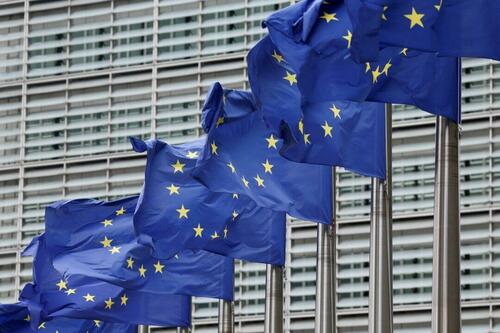 European Union flags flutter outside the EU Commission headquarters in Brussels, Belgium, on July 16, 2025. Yves Herman /Reuters
European Union flags flutter outside the EU Commission headquarters in Brussels, Belgium, on July 16, 2025. Yves Herman /Reuters File image, via War on the Rocks
File image, via War on the Rocks Macron announced the new voluntary service plan for 18- and 19-year-olds at the the Varces military base in the French Alps (Thomas Padilla, Pool Photo)
Macron announced the new voluntary service plan for 18- and 19-year-olds at the the Varces military base in the French Alps (Thomas Padilla, Pool Photo) Recruits into the new program will be assured they'll serve only in mainland France and overseas territories, unlike these French troops in Afghanistan in 2008
Recruits into the new program will be assured they'll serve only in mainland France and overseas territories, unlike these French troops in Afghanistan in 2008  President Macron, pictured here in a 2018 visit to the French Caribbean island of Saint-Martin, says the new troops won't be sent to Ukraine (Reuters via
President Macron, pictured here in a 2018 visit to the French Caribbean island of Saint-Martin, says the new troops won't be sent to Ukraine (Reuters via 

 Mohamad Torokman/Reuters
Mohamad Torokman/Reuters Mohamad Torokman/Reuters
Mohamad Torokman/Reuters Israel soldiers at the scene after the shooting. Credit...Mohamad Torokman/Reuters
Israel soldiers at the scene after the shooting. Credit...Mohamad Torokman/Reuters Starbucks workers walk a picket line as they go on strike outside a Starbucks store in the Brooklyn borough in New York City on Nov. 13, 2025. According to the Starbucks Workers United (SWU), the union representing the workers, more than 1,000 Starbucks workers have gone on strike at about 65 stores across the country. Union members state that Starbucks failed to make new proposals on issues like staffing and pay since the labor group rejected a company offer in April. Michael M. Santiago/Getty Images
Starbucks workers walk a picket line as they go on strike outside a Starbucks store in the Brooklyn borough in New York City on Nov. 13, 2025. According to the Starbucks Workers United (SWU), the union representing the workers, more than 1,000 Starbucks workers have gone on strike at about 65 stores across the country. Union members state that Starbucks failed to make new proposals on issues like staffing and pay since the labor group rejected a company offer in April. Michael M. Santiago/Getty Images




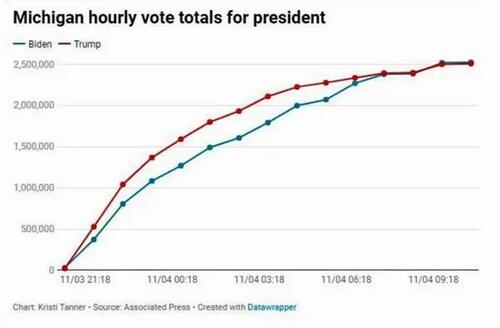



 AFP/Getty Images
AFP/Getty Images


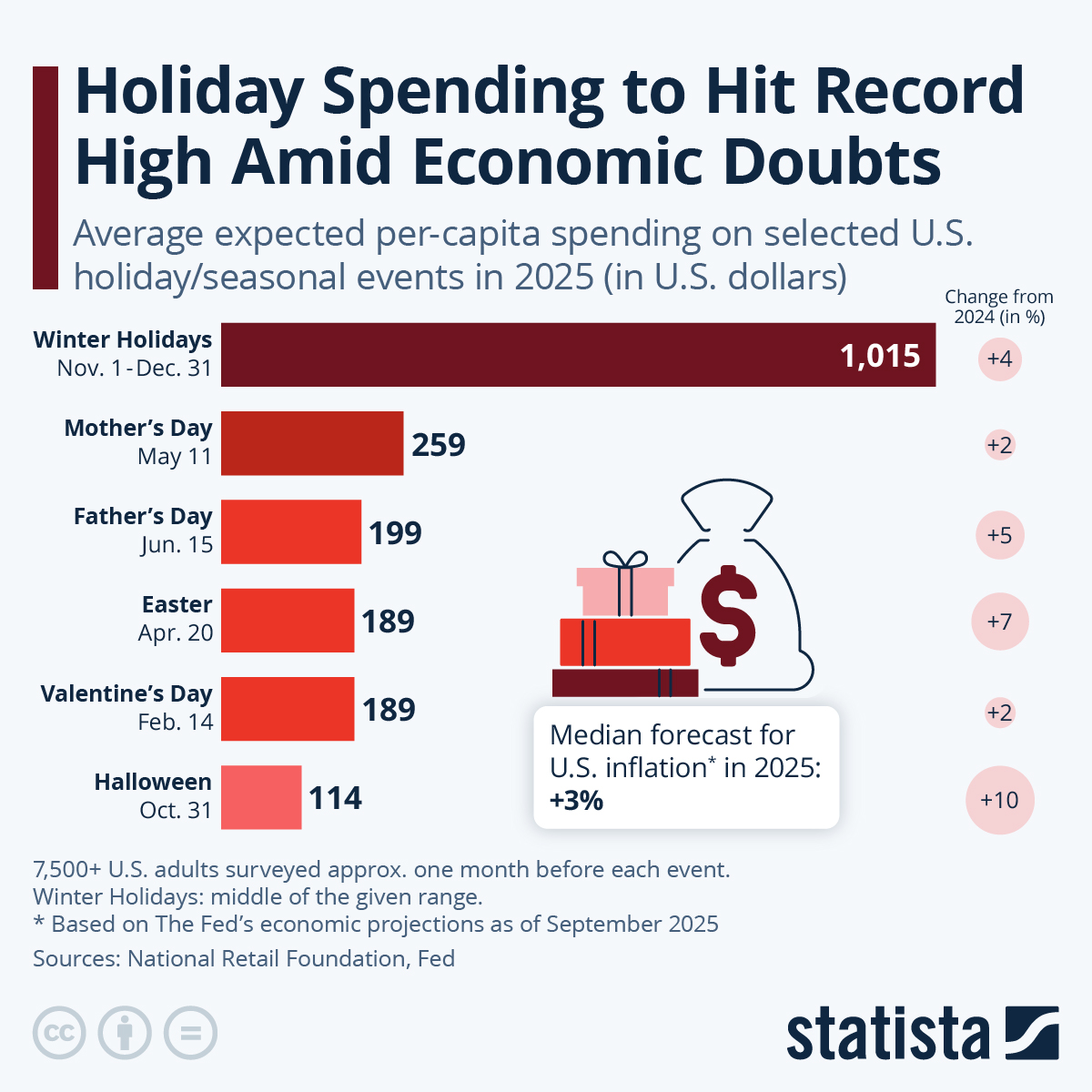


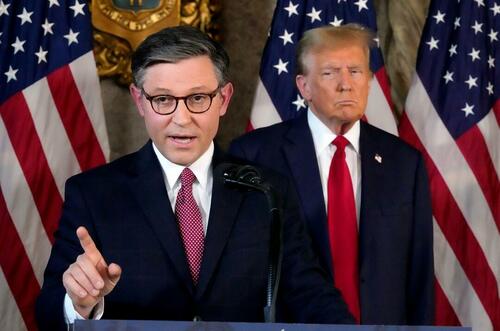
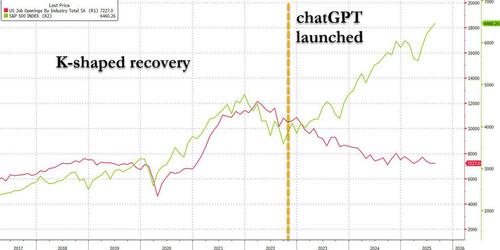

Recent comments